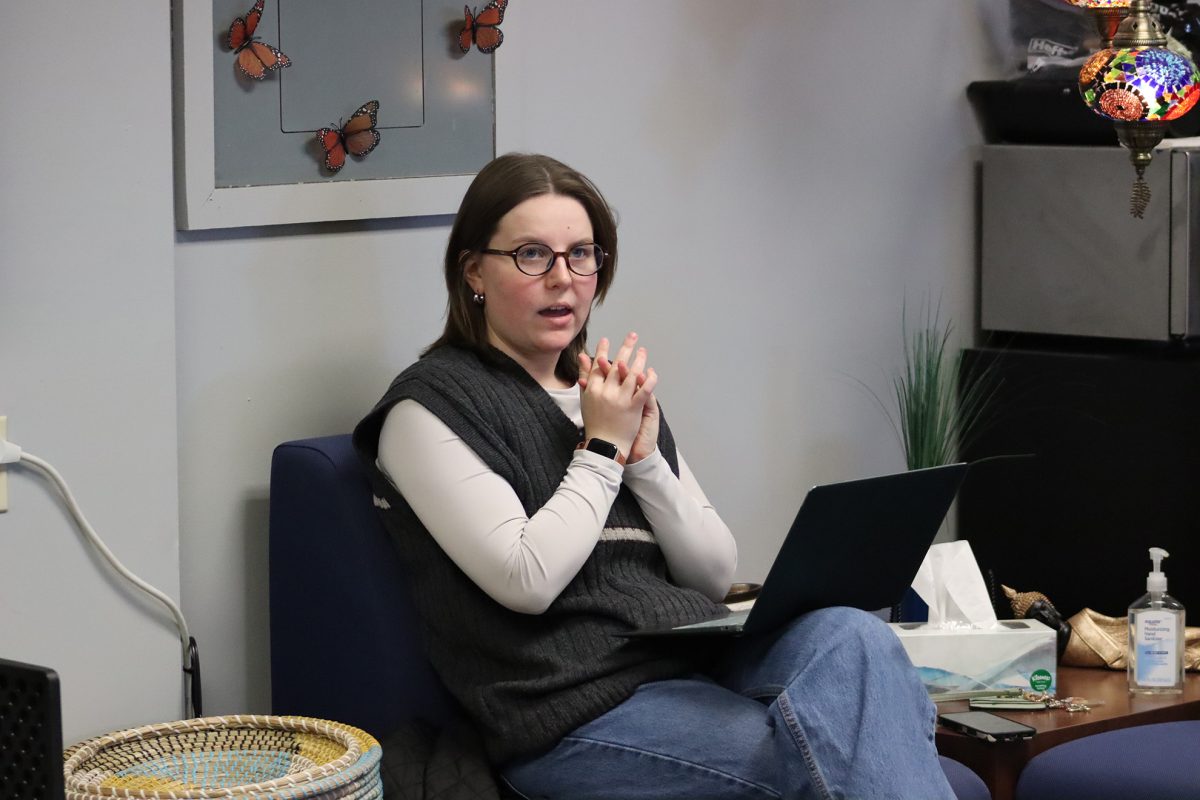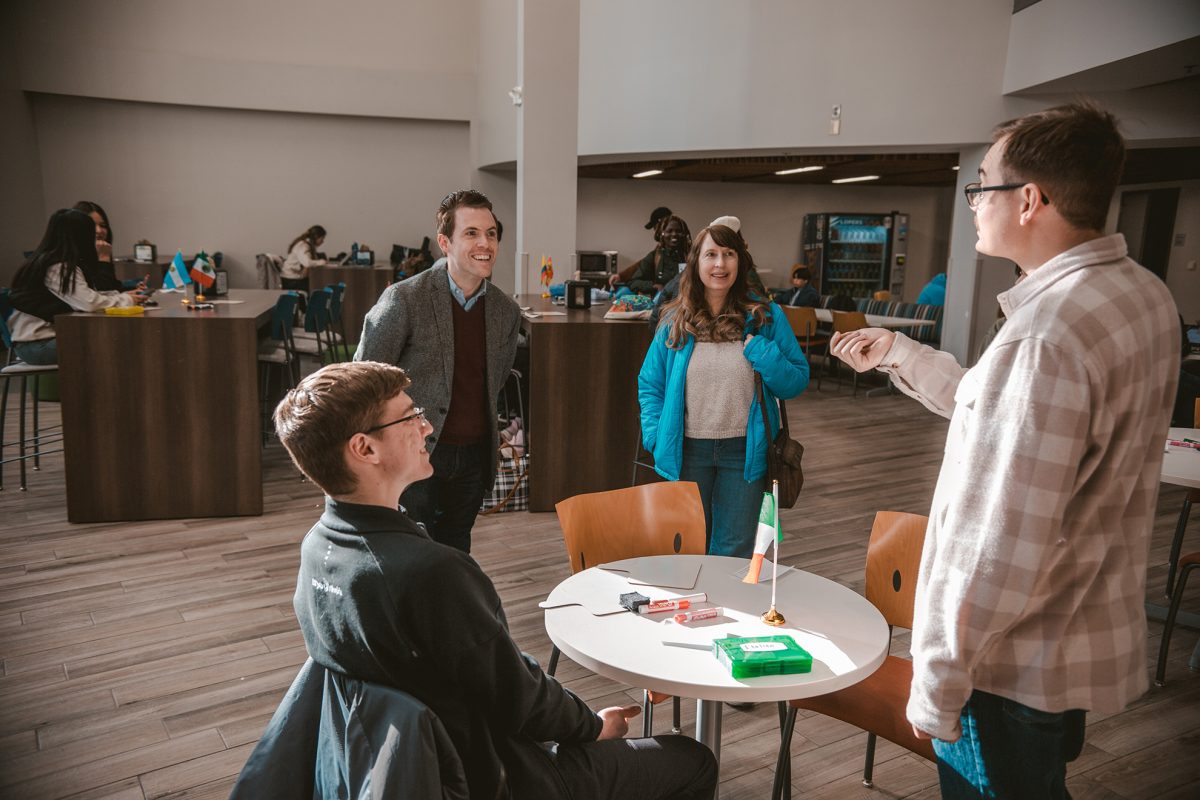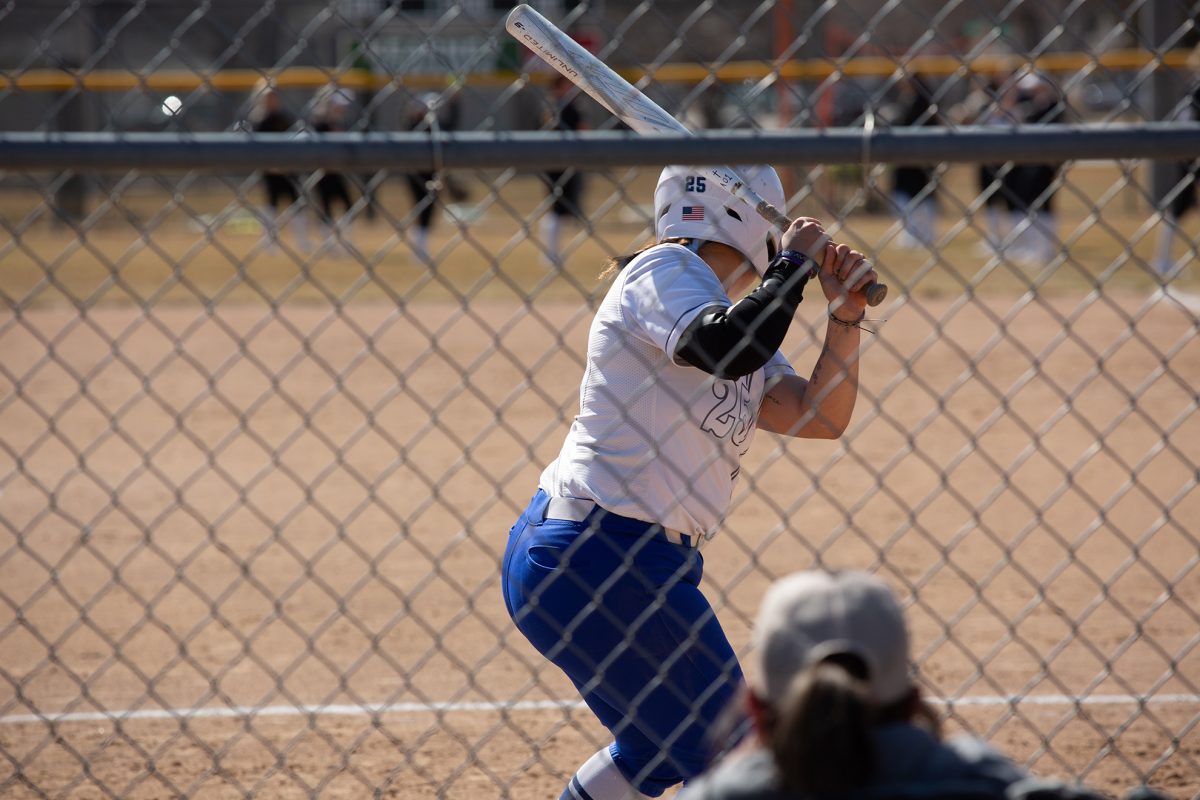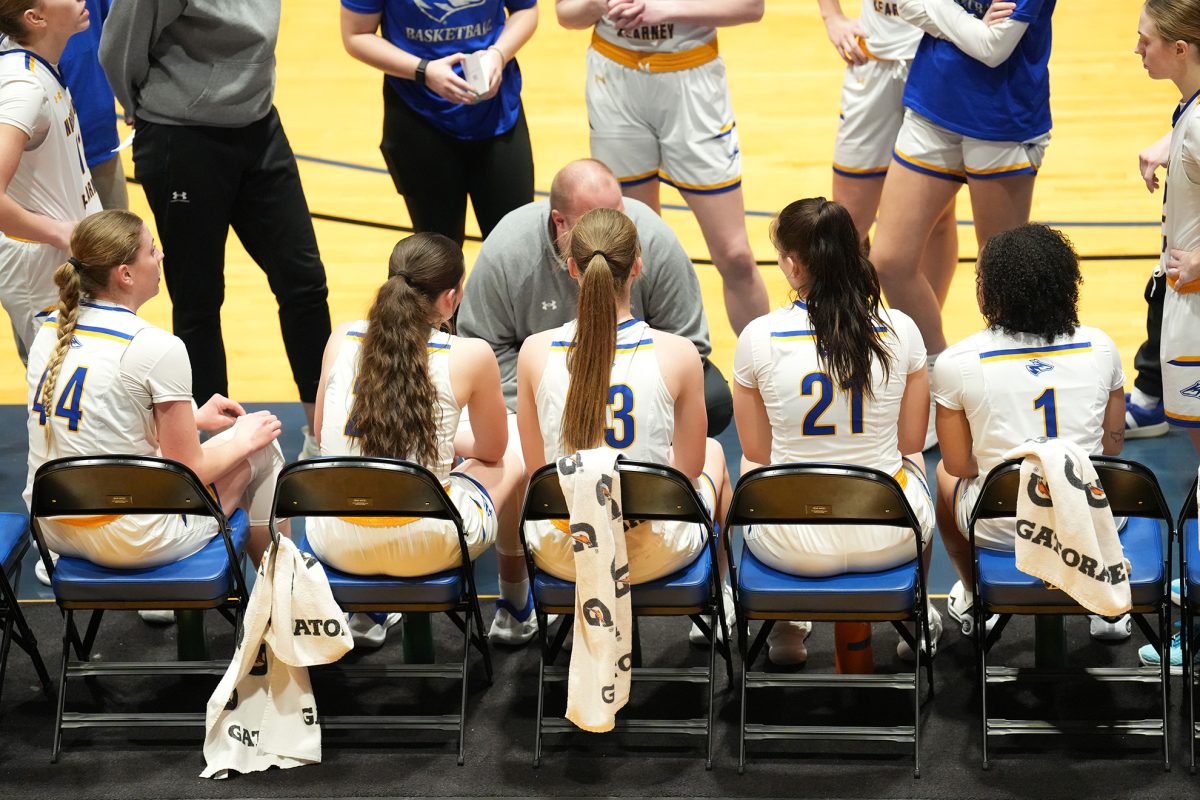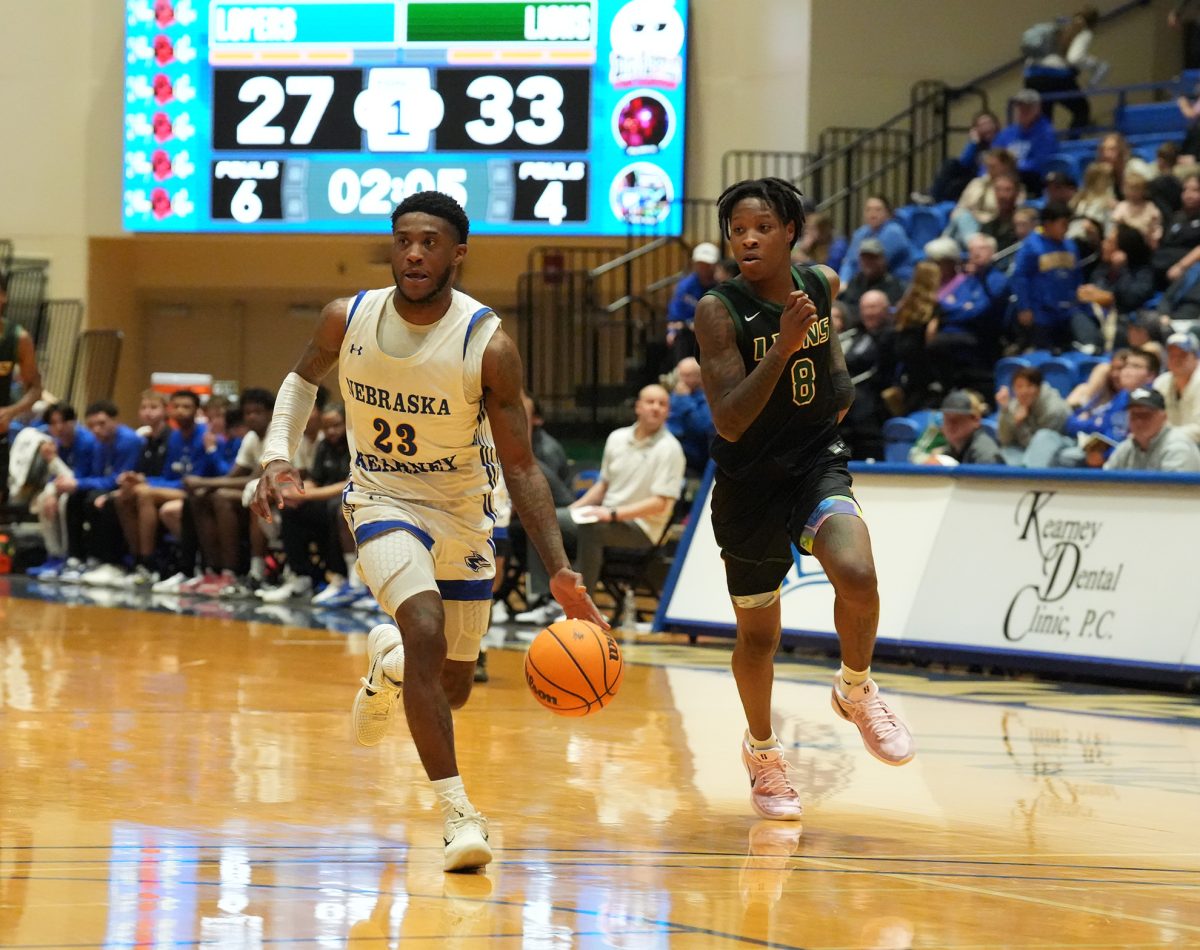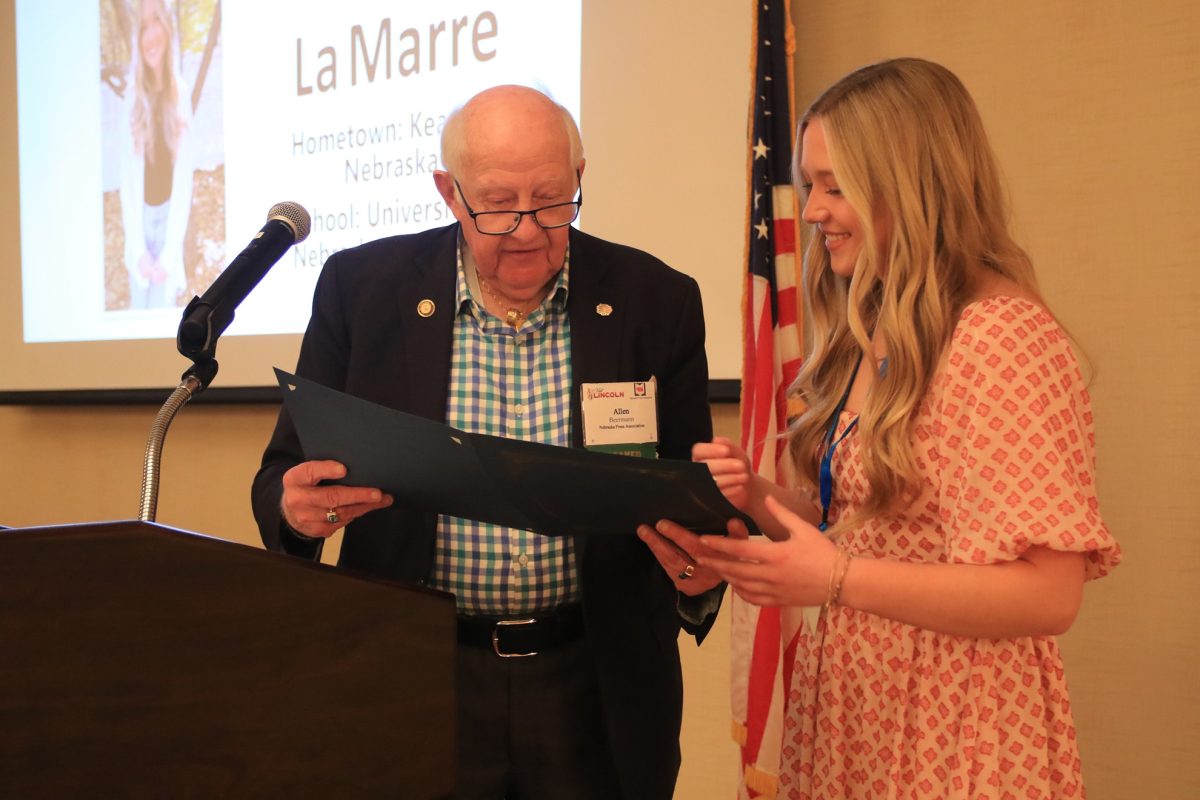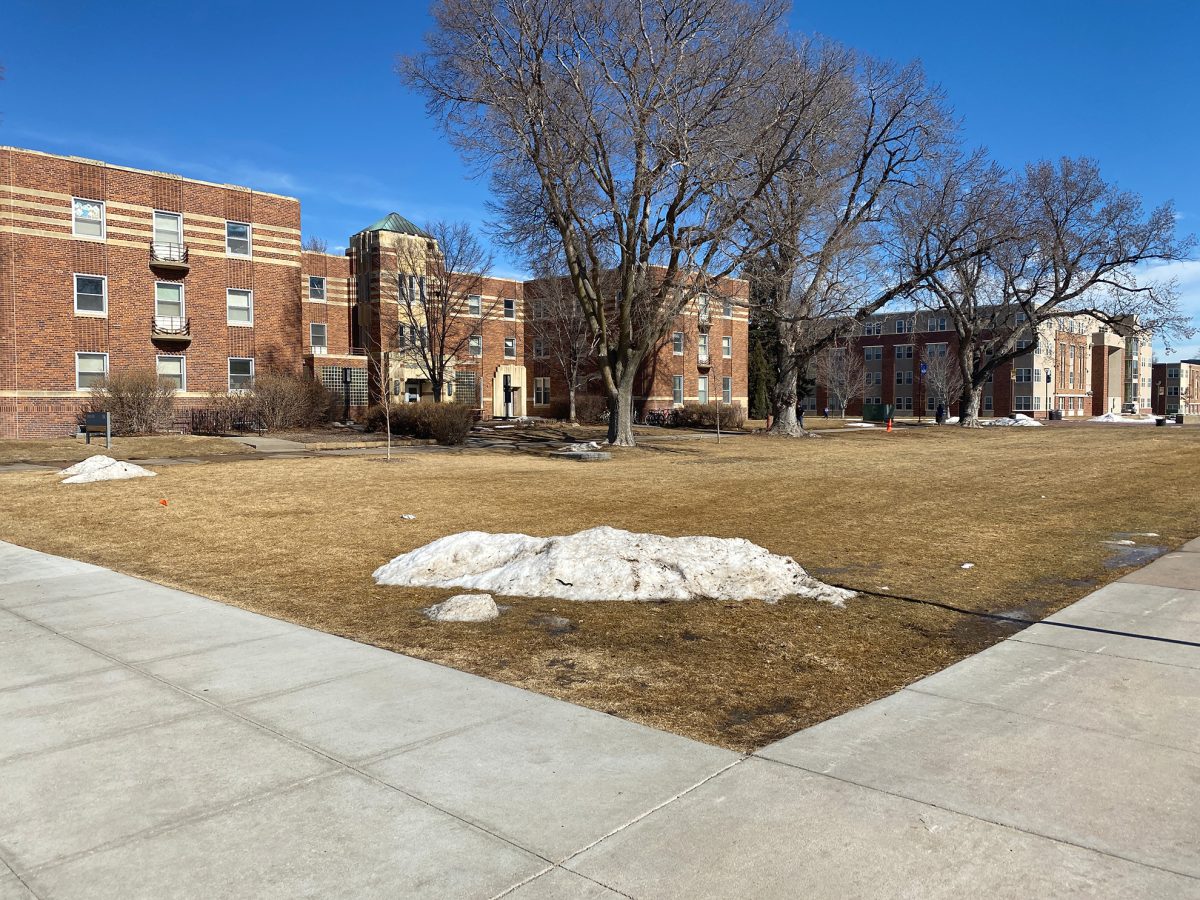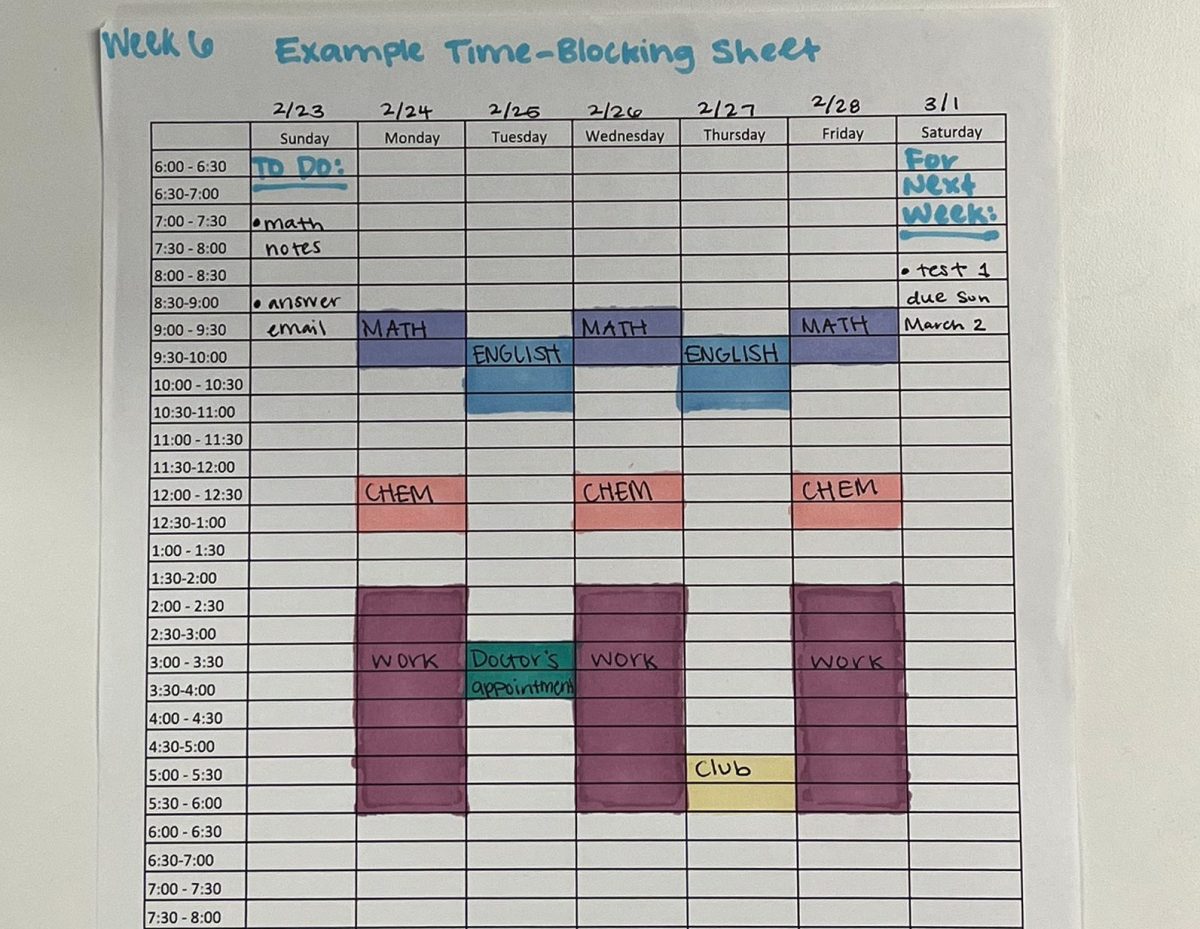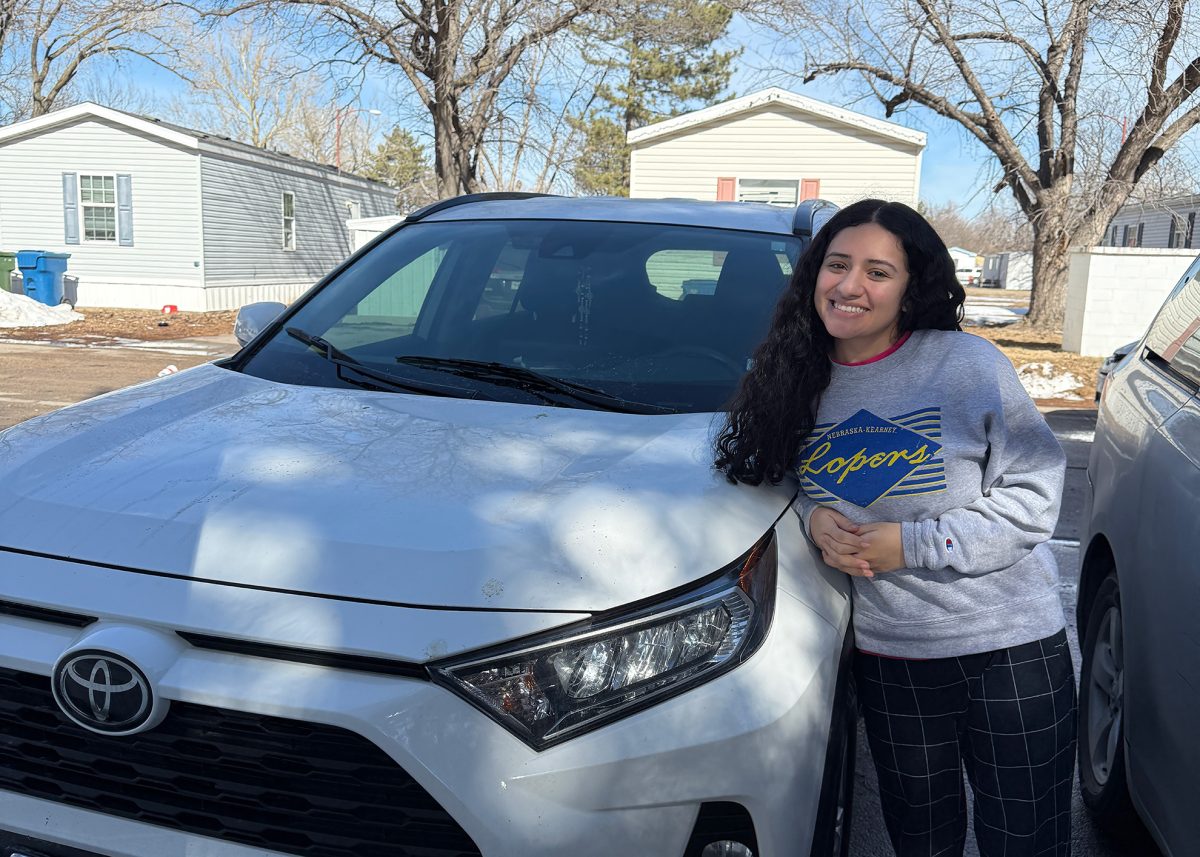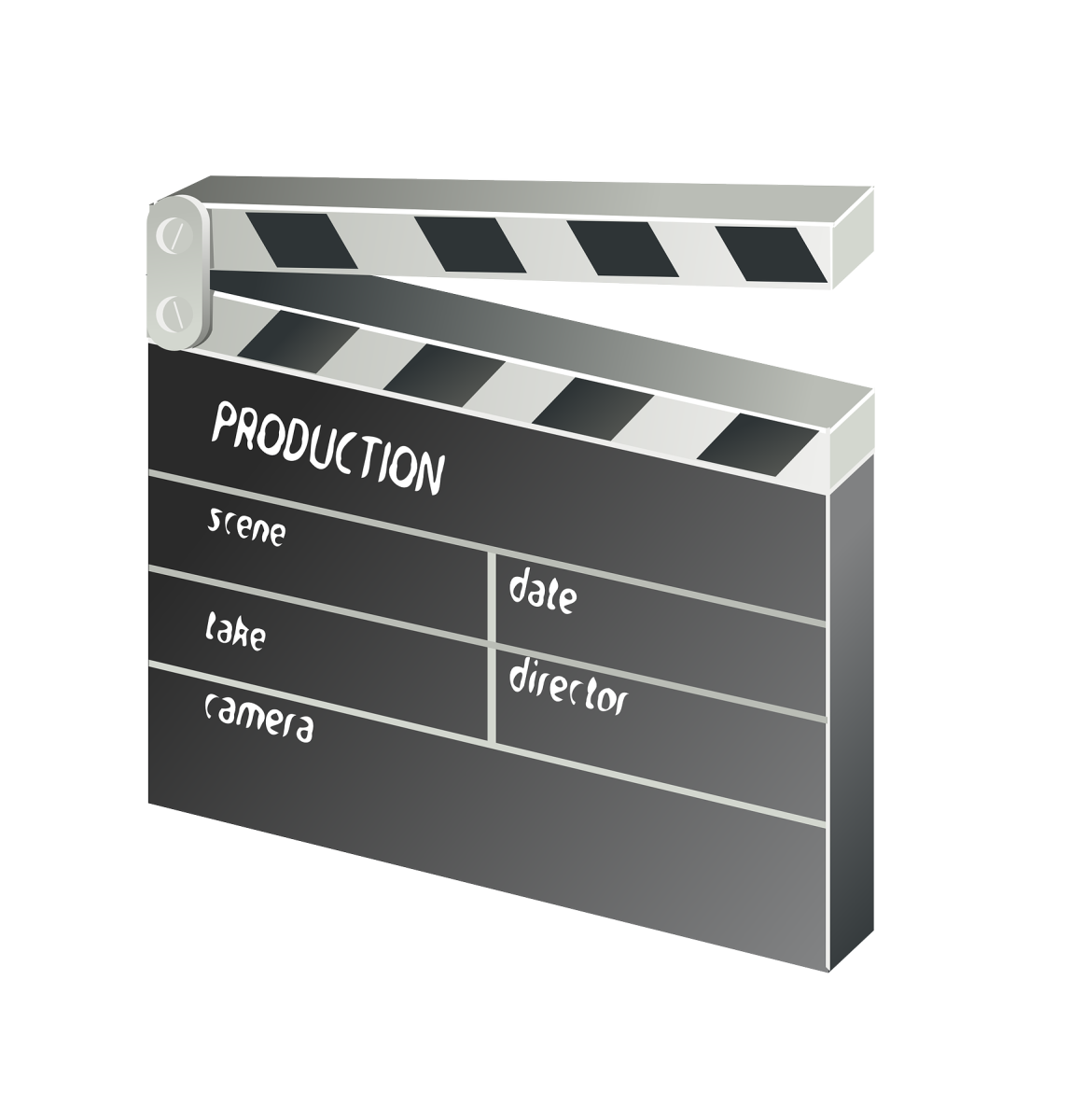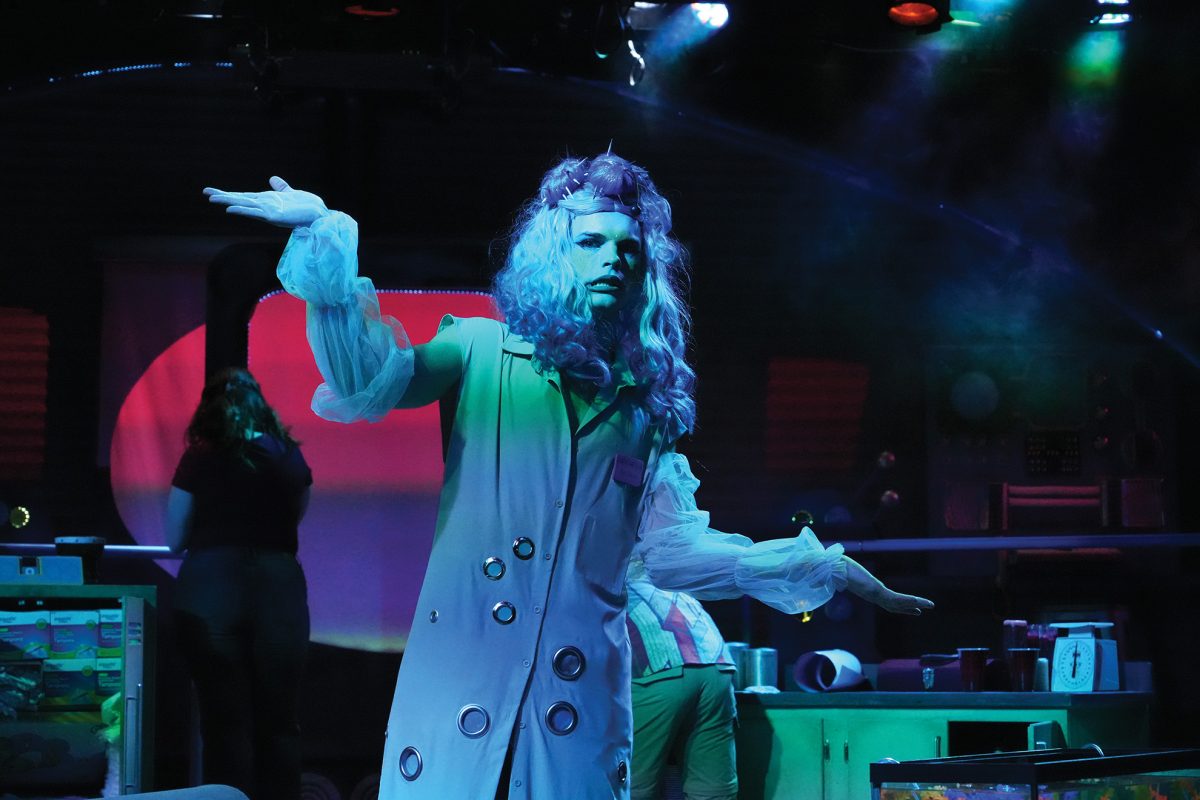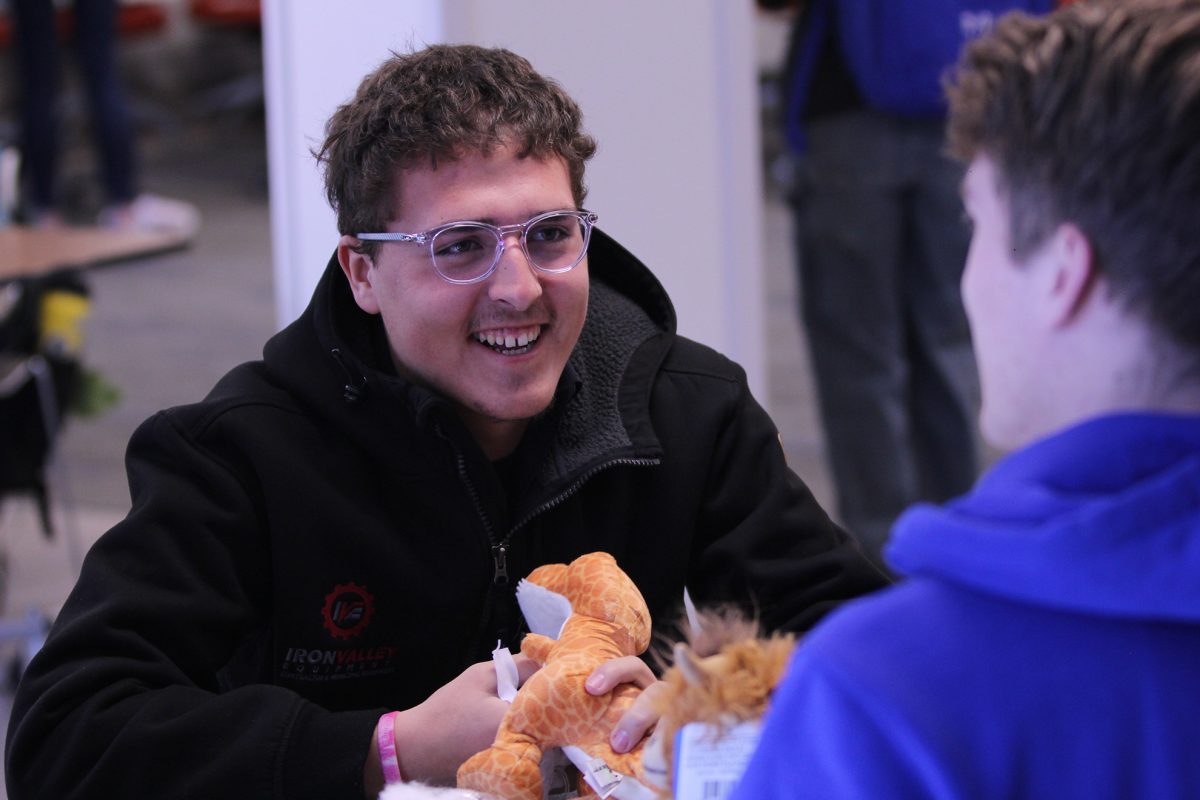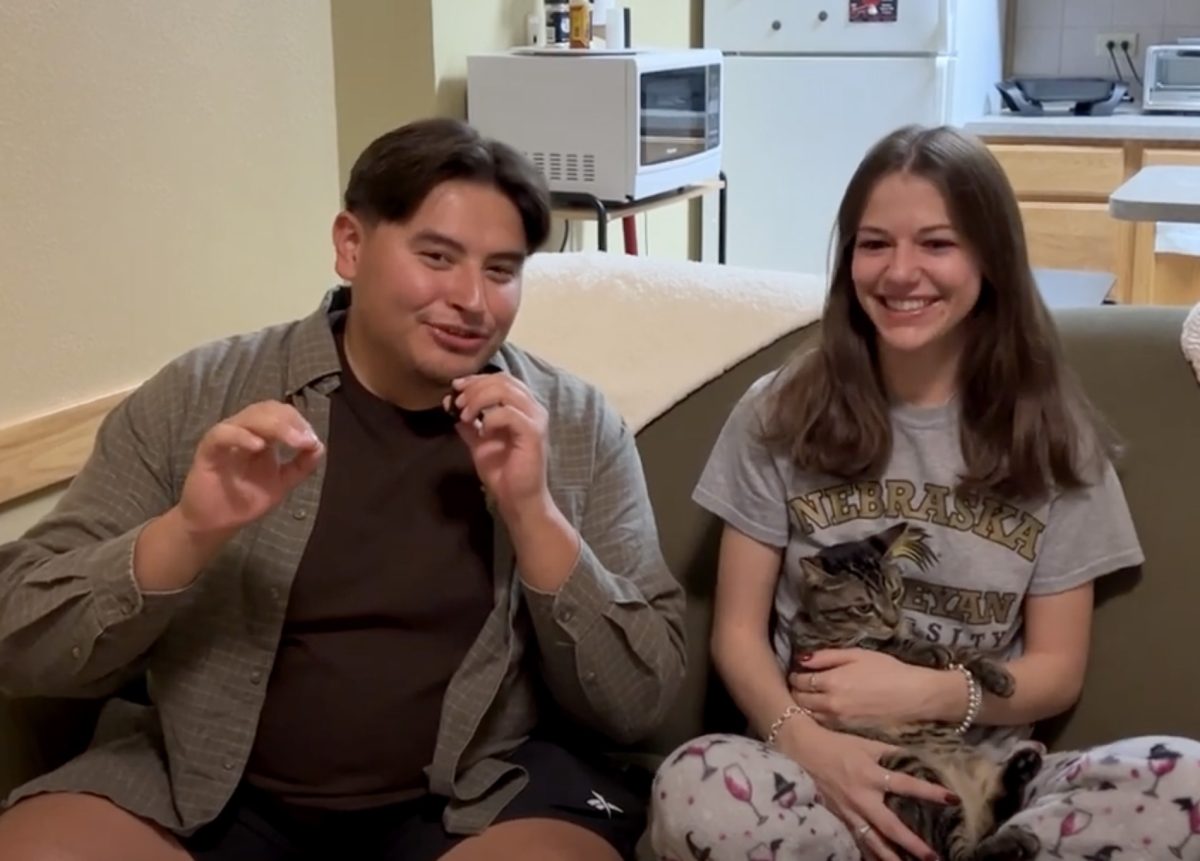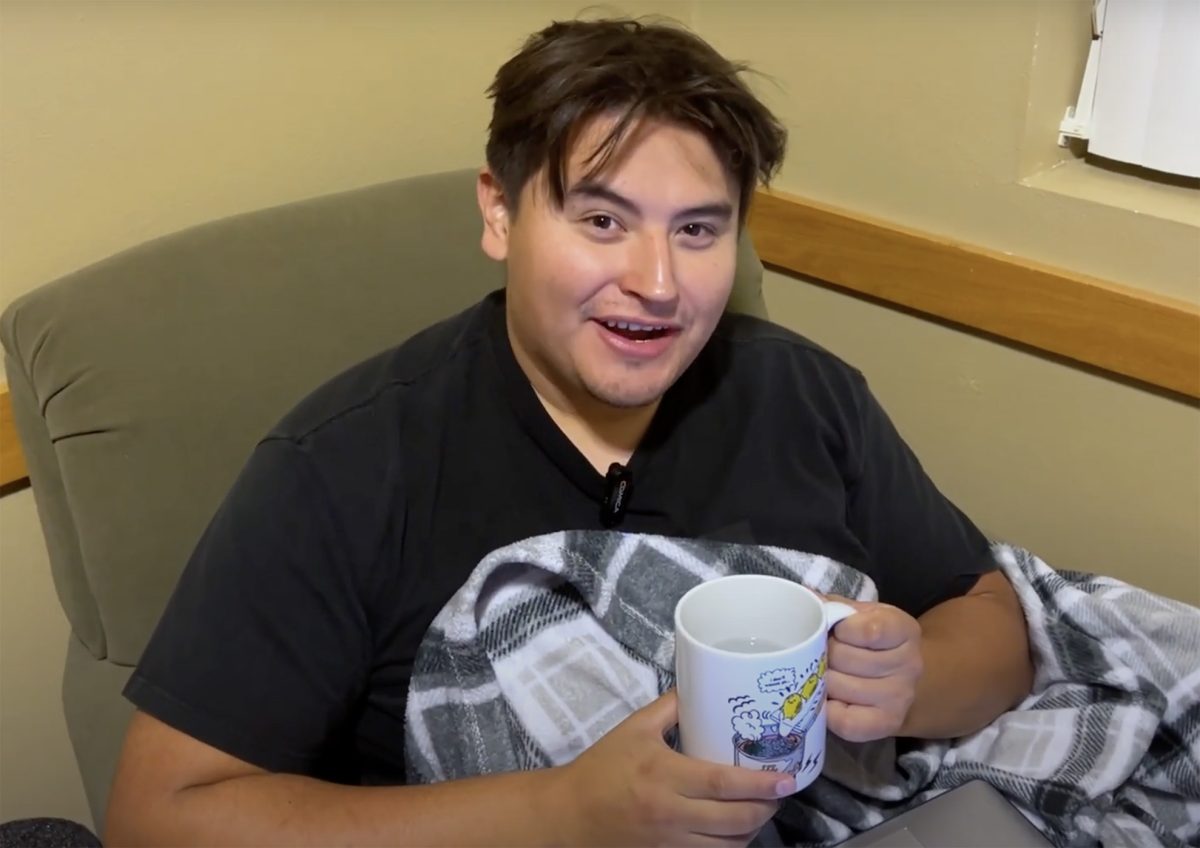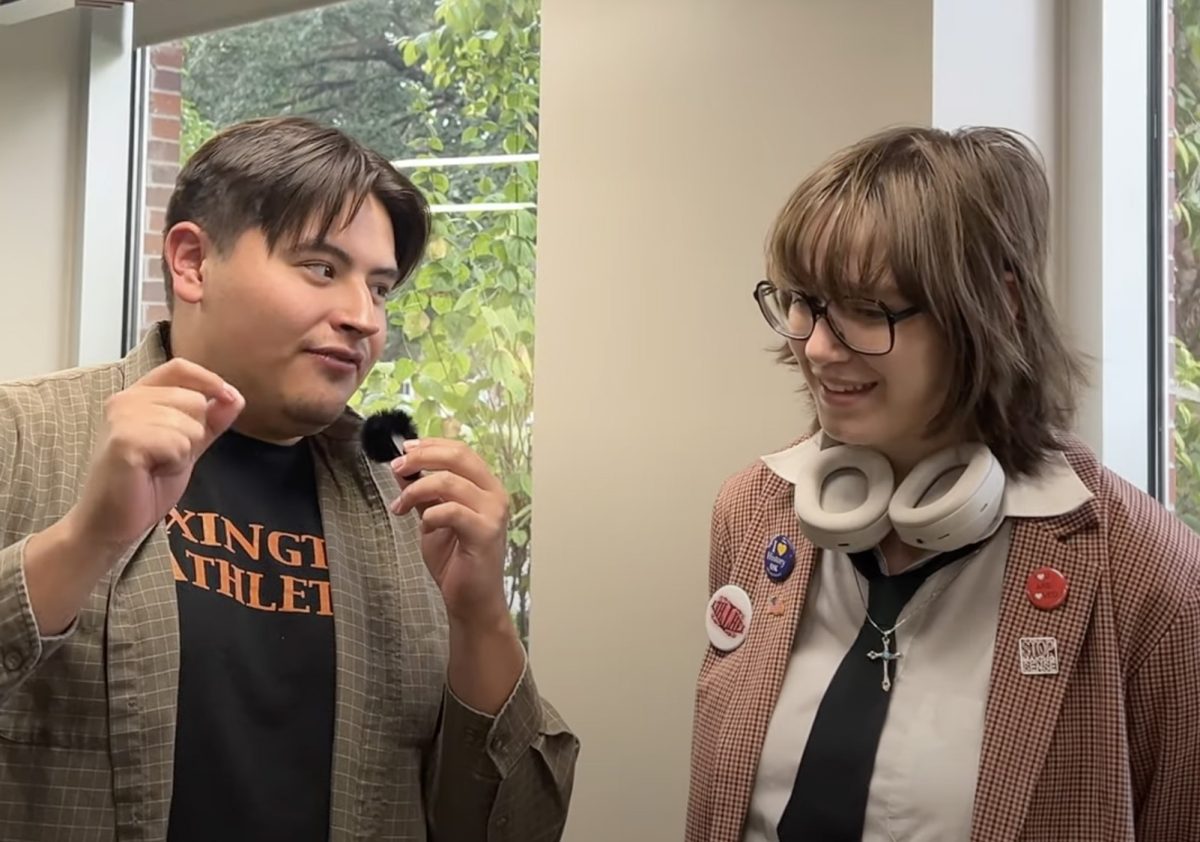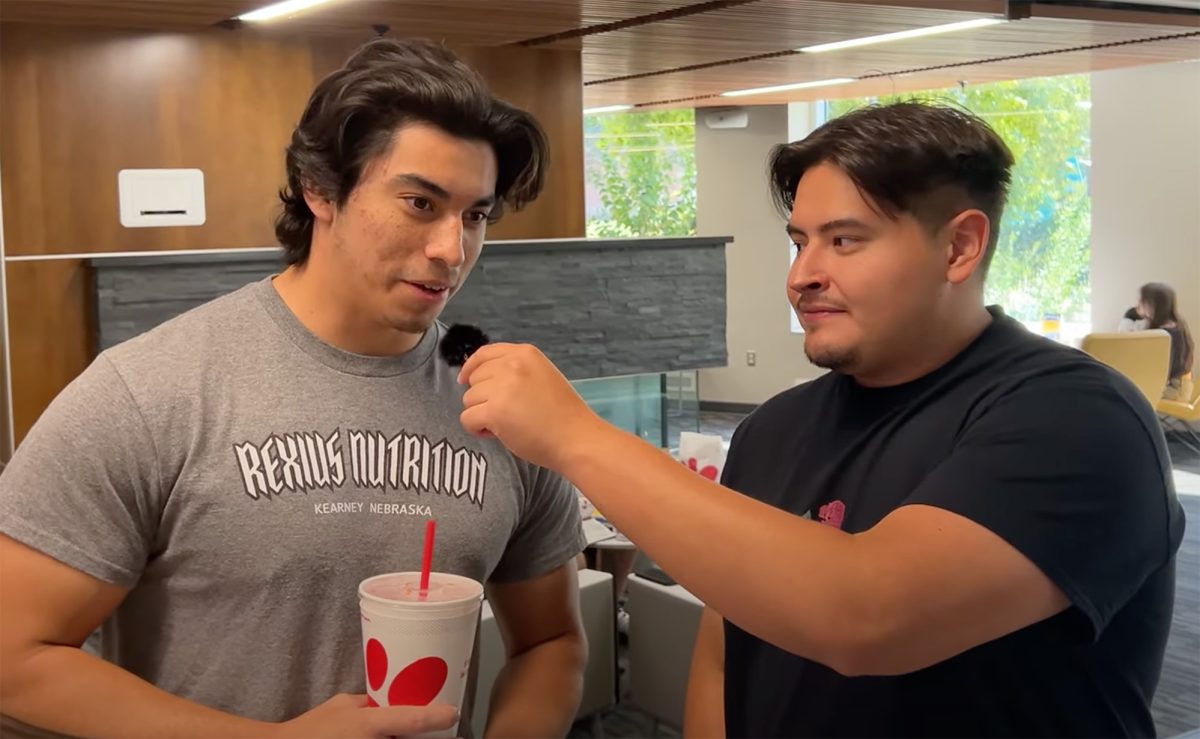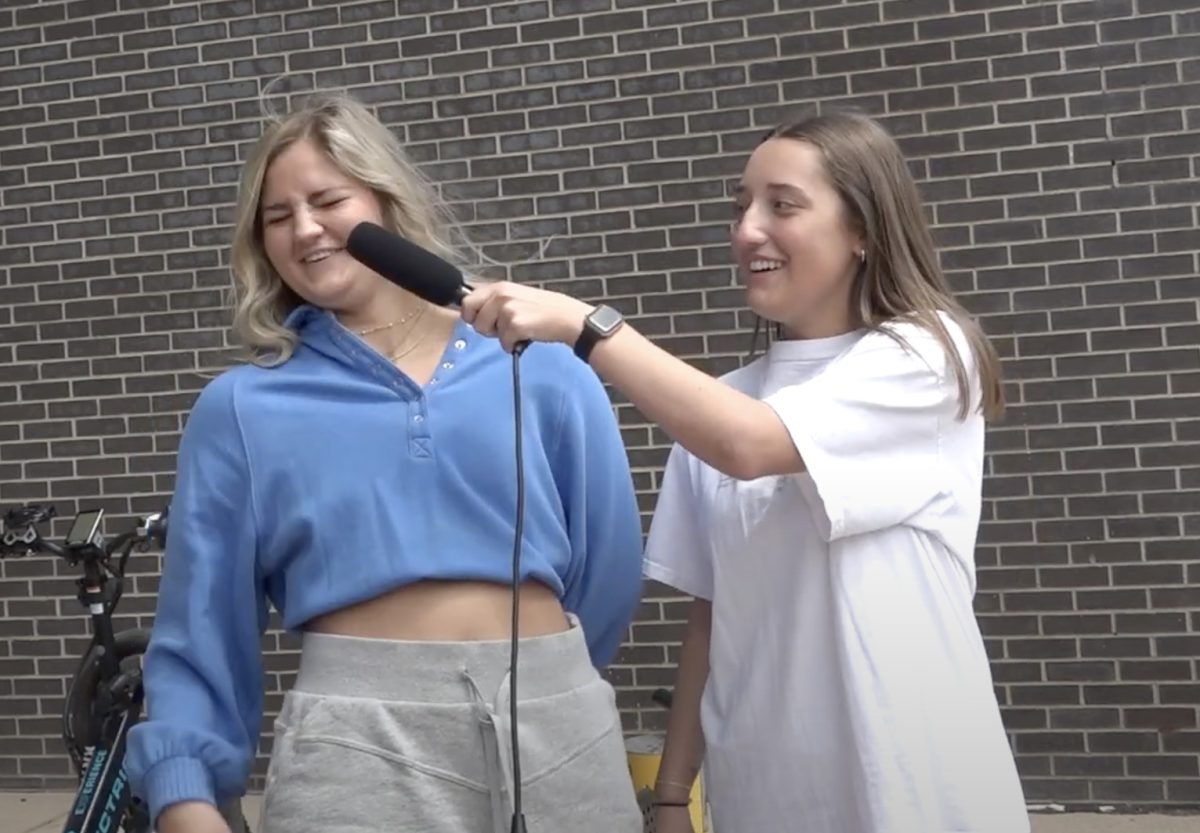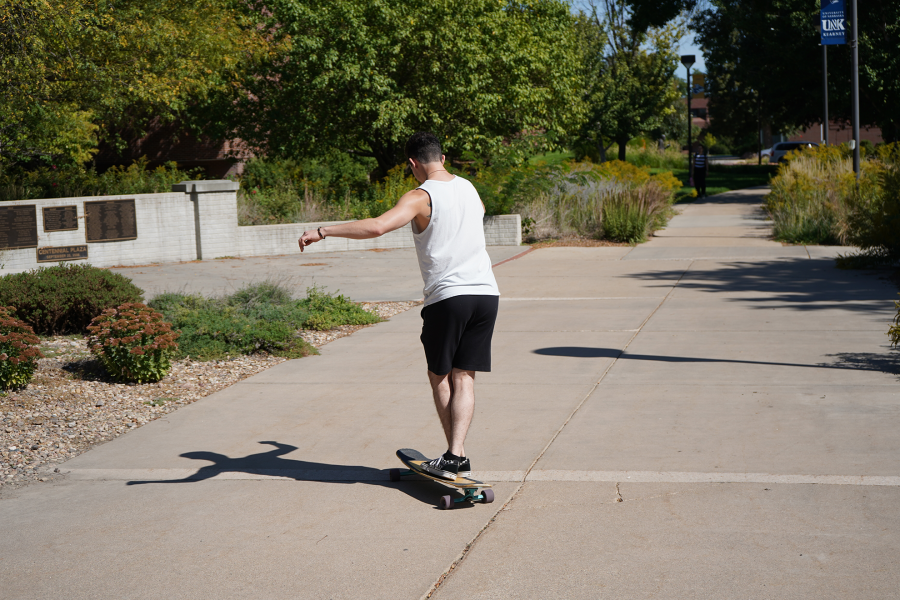KOLTON MATUREY
ANTELOPE STAFF
During my sophomore year of high school, I began my life journey of learning the world of longboarding like most people do. I found the cheapest board I could find and ordered it off of Amazon.
With my $65 board, I would slowly build my reputation as ‘that skater boy’ wherever I went in my life. My journey down the way of the board began in the humble concrete jungle of Colorado Springs.
While there are certainly other places with more diverse and unique boarding cultures, Colorado has a decent mix of all the kinds of ways people can skate or board. However, none of them compare to the culture around downhill boarding. This culture rains over most there as, if you did not already know, there are hills everywhere in Colorado.
For the next few years I would amateurly compete in downhill competitions around the state with other boarders I had met through my school. Our niche of boarders would take mini road trips to these competitions in thick hoodies, double-layered jeans and hand-me-down motorcycle helmets bought through pawn stores or retired biker fathers. Compared to the people in full motorcycle race suits, we were certainly a sight to see. We did this for a few years and even won a few competitions before all going our separate ways in life.
Unfortunately for me, I would find myself in two of the flattest places in the United States during my college years. Southwest Kansas and central Nebraska.
This transition definitely left me and my ‘bomber,’ the board I used to fly down the hills of Colorado, in a slump with no purpose to fuel the wheels beneath me. However, as I mentioned before, I would discover these other ways of the board.
With no hills and only smooth sidewalks and open parking lots to board in, I found a style called ‘Dancing.’ No, not that kind of dancing, though it is similar. Dancing for boarders is a style in which people use their weight, momentum, balance and sometimes the board itself to glide around on a path and mimic the motion of dancing while still moving on their board.
This style of boarding can be compared to that of freestyle surfing competitions back in the 1960s. In fact, dancing on longboards holds its history in the need for surfers to feel that same rush, but without the need for actual water.
This new way of boarding brought me back that rush and purpose of boarding. I was finally able to pick up my board again and feel like I wasn’t just abusing its wheels on the concrete to get between classes anymore.
The boarder scene is still pretty young right now. There is a skate park and skaters often are found there in the later evenings throughout the spring, summer and fall, but for longboarders there are only a handful.
The world of longboarding goes beyond them being made to make distance travel easier and unfortunately not everyone knows that. There are no hills for the boarders to rally around like there are in Colorado. But there are parking lots, miles worth of sidewalks, university fountain bricks, and so much capability for the community to learn and dance together.
Every time I manage to take my board out and practice my dancing around the fountain or in an empty parking lot on campus, I hope for the other boarders to roll by and join me. Learning and teaching people this passion has been a very fulfilling thing to me over the years.
If there is anything I have learned through my almost eight years of boarding, it is that falling off of your board hurts a lot, and is a little embarrassing but it is less so when you do it with friends.



